Video Interview with Director / Photographer Charles Bergquist
SeagateCreative partner Charles Bergquist is a director, designer and photographer living in San Diego, California. You can find his work at Pitchfork, Fader.com, and IFC and he’s directed music videos for Matthew Dear, Tape Deck Mountain, Viernes and Tycho.
SeagateCreative: How do you decide if you want to make a song into a video?
Charles Bergquist: For the ones that I’ve worked on, I’ve been approached about a certain song and we go from there. I’m not sure if it’s the artists gravitating towards my style or me to them, but I’ve been very fortunate with the artists I’ve worked with, as I’m a huge fan prior to the project.
In regards to the specific track, I really have to be into the song that I’m working on, it has to trigger something visually for me and that’s what I try to capture. I’d guess that’s why my videos are less narrative and more visual, it’s about colors, design and having the visual driven by the beat. I’m trying to capture the feeling, and display it, versus trying to place a feeling or story over a song. With the Ascension video for Tycho, it started out as part of the entire show visuals for the Dive album tour.
SC: When collaborating with an artist on a video — what kind of person do you look for, and how do you hope they help in the creative process?
CB: Since we’re both in it together, great collaboration is really important. That said, the artist created the track and they are looking to me to create the visual, another evolution of the song. It’s important to get that right, because once you see a music video a couple times, that’s what sticks with you whenever you hear the song.
The artist is looking for what I do, so out of the gate I provide boards or maybe test shots then I sort of run wild. Scott [Hansen, of Tycho] was great to work with on Ascension because he was really digging where I was taking the visual for the song visually. I think Scott and I come from similar types of work, so he understood how to let me work on this and evolve it, then we’d review progress together.
Towards the end we really refocused Ascension from being a show visual to a music video. There are actually two versions, there’s the early tour visual version and the final music video. In between that there was a lot of additional shooting and textures that I shot and worked in. It was also important to me to infuse some of Scott’s artwork into the piece, in which the sun fit perfectly.
Collaboration and the artist trusting me is central to what I work on. Fortunately, I’ve been able to work with artists that really understand that.
SC: How involved was Tycho in the creation of the video?
CB: For the Ascension video it was a little different; at the start we had no plans of turning this into a video. Ascension was a portion of the Dive tour show visuals as a whole. I think we ended up with 8 different videos for Tycho’s live show as well as older classic ones that Scott created.
Before the Dive tour started I flew up to San Francisco for about a week and stayed with Scott. While up there we hung out and talked about ideas for the tour visuals. In that time we didn’t shoot anything we just jotted down ideas and descriptions of each song. It was cool to work with Scott in that way because I learned a lot about what each song was about and what he was seeing when he thought about a particular track. Scott was really involved in the process but it was really up to me to interpret the songs based on a group of feelings he had about each one.
SC: What was the production process for Ascension?
CB: For Ascension we ended up shooting a few separate times out in the dunes. The other effects are all in camera textures and light, I did those over the course of a few days in the studio. The initial shoot and edit was the touring version of Ascension. After a couple months of Scott being on the road with it, we decided to start turning it into a video. From there I had a two more shoots in the dunes.
One of the days in the desert we were hit by a sand storm about an hour into our day. Luckily we got the equipment away fast enough, but the sun was going down and the drive back to San Diego was far. The talent, Anna Martin, toughed it out and hiked out into the storm and I rigged up the camera to shoot through the car window. She was great on the shoot and we got some really incredible shots of her with the sand whipping around. Pretty much salvaging that day of shooting.
A funny fact about the video is one of shoots is in winter and one is in summer, but they both blended together well.
After all the extra shooting was done for the video version of Ascension, I edited while Tycho was on tour. Once the tour ended we went over the newer video version and we made some more edits and then locked it up. I believe if you see it on tour now it’s the video version.
SC: How much creative freedom or guidance do you give when directing people?
CB: I’m really quiet in general, I think, so I usually go through what we’re going for with the talent or the crew, but I really like letting the talent do their thing and nudge it around while we’re working.
I have an idea of what we want to accomplish when I’m directing, so when I start to see it I let them know, otherwise a lot of the time I’m quiet. Everyone has their own directing style, I’m pretty easy-going, things have to feel natural I guess rather than forced, I feel like I can see that on the screen right away. Having a good relationship with the talent is really important for that to work, though.
I’ll usually shoot photos with someone prior to bringing them in on a video project, that usually starts the working relationship and I can tell from there. I’ve been fortunate to find great people to work with over the past few years. Anna Martin was the main character in Ascension and shows up throughout a lot of the Tycho visuals. She was a huge part on why it came together so well. She literally ran out in sand storms to get certain shots, it was great working with her.
SC: Was there a particular piece of equipment or software that had a key role in making this video unique?
CB: Over the course of shooting Ascension I ended up using 3 or 4 different cameras. Since the project spanned out over months, I ended up acquiring different cameras in that time. I started shooting on the Canon 5DMKII, all the footage from the initial tour version of Ascension was with the 5D. Then we decided to make it into a video or extended version and for that I shot on the Red Epic. All the textures and liquids were shot on the Epic in studio. Also, over that time I ended up shooting with the iSpeed 3 and a Phantom Miro, both high frame rate cameras. I didn’t use much of that footage in the final video, only a little for textures. There’s also a bunch of medium format film textures that are animated in the video. It’s a real heap of cameras / imaging devices for this thing. I tend to do that on a lot of projects.
If I could pick out one piece of equipment it’d be Adobe’s Premiere Pro and After Effects CS6. At the start of the Dive tour visuals I had switched over from Final Cut Pro to Premiere Pro, and it made a huge difference in the way I edited and composited. Using Dynamic Linking and being able to go from my main edit timeline into After Effects seamlessly was so important. Also, all the R3D files from the Epic could be read natively, which in any other program is close to impossible. My previous video for Matthew Dear “Slowdance” was edited entirely in After Effects because Final Cut Pro just couldn’t handle it. My hat goes off to the guys at Adobe and what they’re doing right now, they’re enabling a much easier creation pipeline.
SC: What was your biggest challenge in making this video?
CB: Technically speaking, somehow it always comes down to render power on this type of work. I usually end up stacking layers upon layers, similar to how I’d work on a print or poster in Photoshop. As much as the Adobe workflow helped out on this video, I layered a lot of stuff up so my machine limited me. It seems like camera, hard drive and software manufacturers are all a few steps ahead of computer manufacturers right now, especially Apple. I’ve been an Apple guy since I started this work, but right now they are just building really slow machines that aren’t quite up to real world work. The biggest challenge was the computer for sure, hopefully that gets figured out in the next year with Apple.
Personally speaking, it’s learning how to balance. It took me a long time to complete this video for a number of reasons, one just being able to stick with it while trying to balance commercial work and some resemblance of a personal life. Another being that I take a lot of my work seriously, so committing to an edit or a layer is always tough. There are a lot of things that are left on the cutting room floor. Overall though, the balance of staying creative, able to make money and have a resemblance of a personal life is always a big challenge on music videos and anything I do. I still feel like I’m new to it and learning.
SC: How did you know when you’d captured or created something special?
CB: I really look to what the artist thinks, then the label and then the fans. Especially with Tycho fans, they’re really passionate and there are a ton of fan videos out there. I wanted it to reflect what Tycho does musically and visually. I’m also a big fan prior to working on this, so I sort of wanted it to live up to what I would have wanted to see as a fan. Everyone has been really positive about the Ascension video and the tour visuals on the whole, so I’m really happy with what we’ve come away with.
SC: What role did the hard drive play in this project?
CB: This is actually really important to me. Once I started shooting the Red Epic for a lot of my work, fast and large hard drives were crucial. I shot a lot of it at 5K, which is essentially a moving 18MP image 24 times a second, over an hour that really adds up. It’s not uncommon to shoot almost 1TB in a solid day with that camera. I started last year re-working all my storage with 3TB drives from Seagate. Right now, I’ve got a solid but almost overflowing 32TB server. I’ve been adding on to that recently with 4TB drives.
Managing data and having back ups is something I’m always working on in the studio from an organizational point of view. Having reliable hard drives is really important; it’s literally where all my work is stored. This year I’m looking to upgrade the system to all 4TB drives, which should bring me up to 64TB.
SC: What other music videos do you currently admire?
CB: A few favorite music video directors of mine are Eric Epstein, Video Marsh and Young Replicant. Epstein’s video for Memory Tapes “Yes, I Know” is one of my favorites of all time. Video Marsh’s video for Caribou “Jamelia” is a favorite and Young Replicant’s video for Purity Ring “Fireshrine”. Not necessarily current but they’re ones that I really enjoy.
SC: Thank You!
CB: I really do want to thank the crew on this, Katrina Adair, Brian Williamson and Anna Martin. Anna has worked with me on a bunch of projects now and has been really great. Also, definitely thanks to Scott for bringing me in on this project. We’re actually going to start working on visuals for the new album soon, which means I get to hear new Tycho stuff, I’m really excited about that. Also, thanks to everyone at Ghostly International for their support and all my clients. Finally, my girlfriend and friends that continue to ask me to do things even though I’m locked away in the studio most of the time.
Follow and learn more about Charles Bergquist on these official channels.
Official Site
Twitter
Facebook
Behance
Vimeo
Tycho “Ascension” from Charles Bergquist on Vimeo.



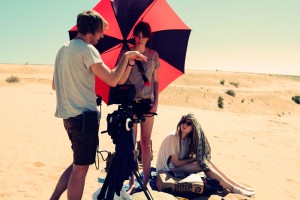





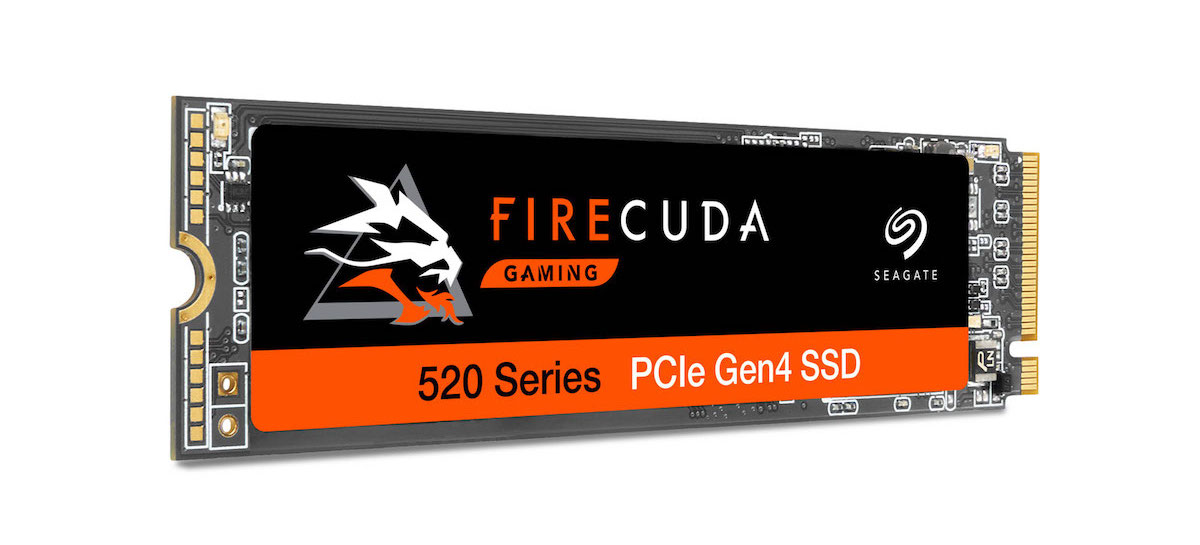
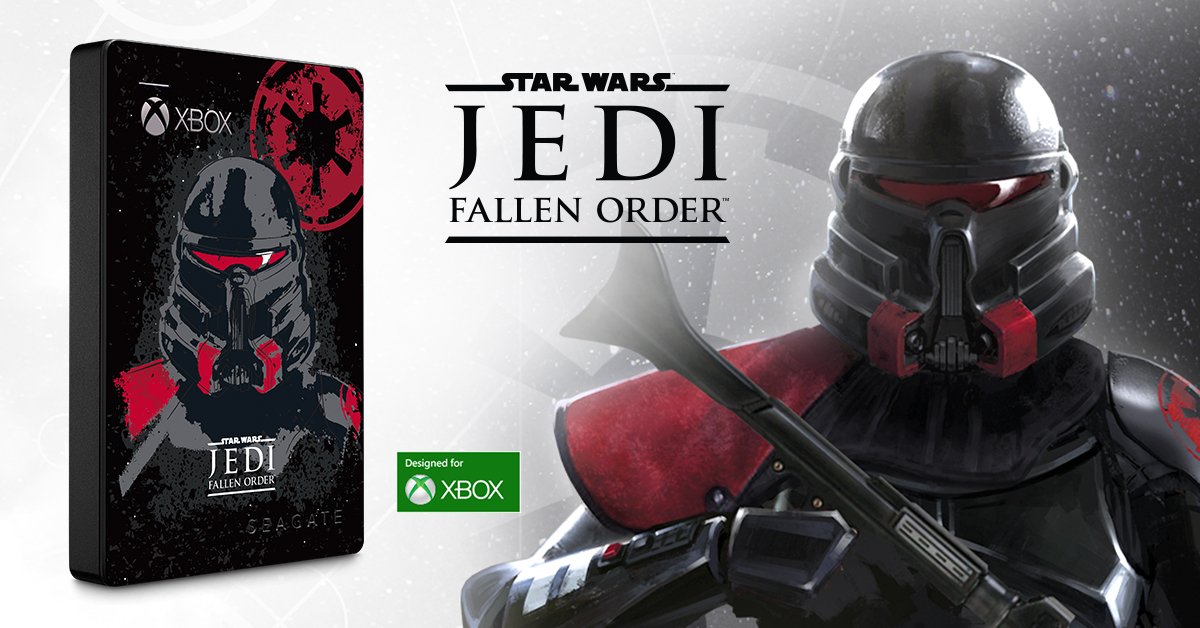

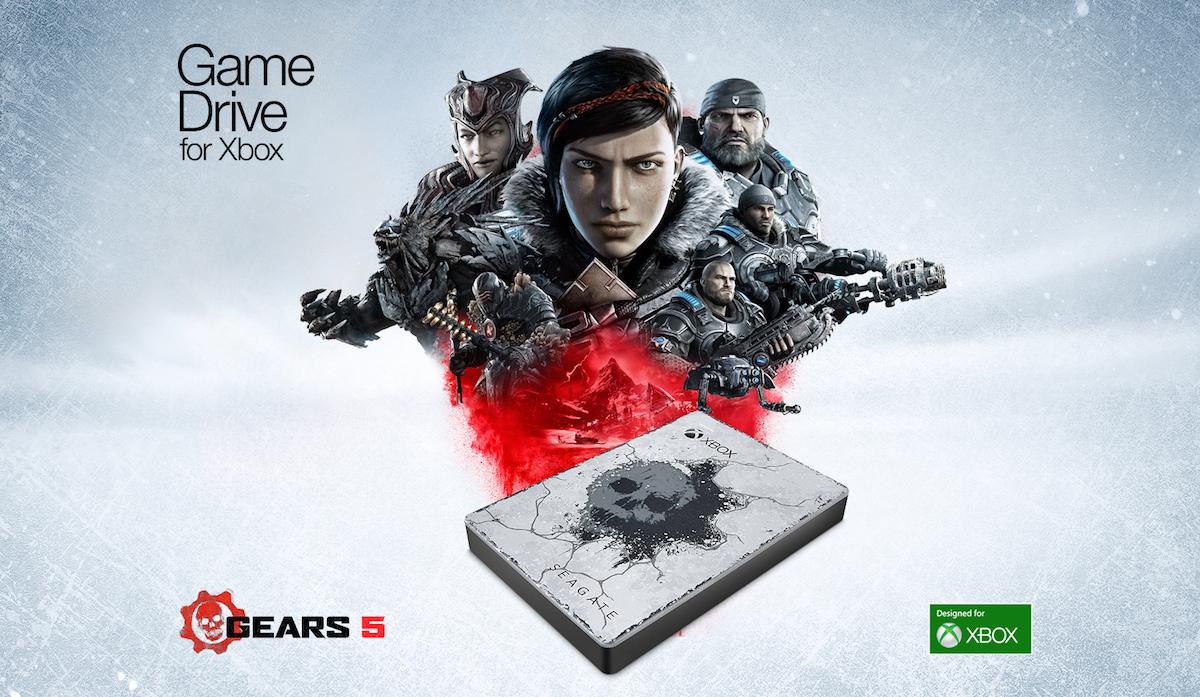
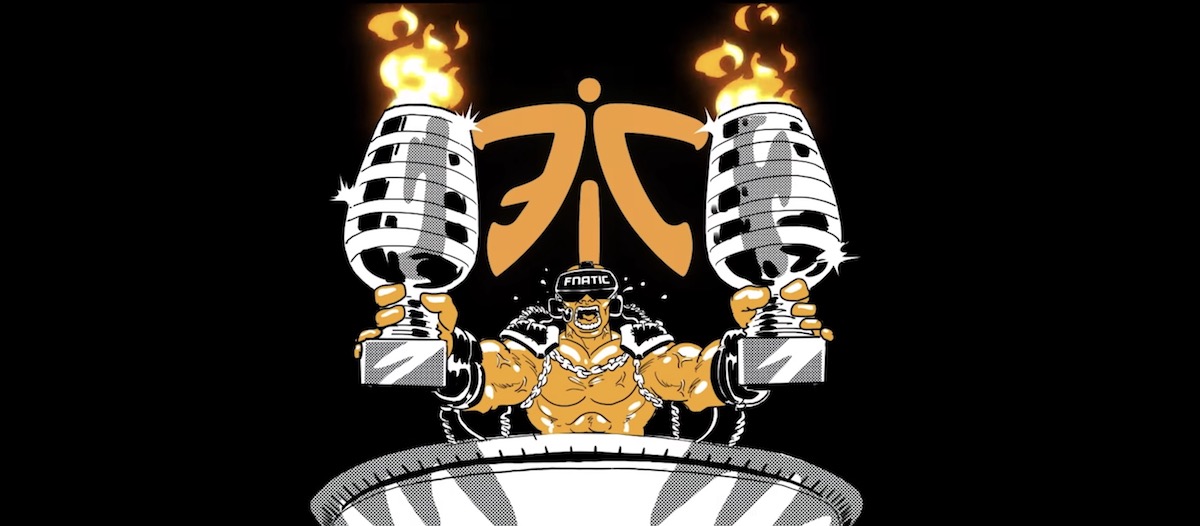
Leave A Comment